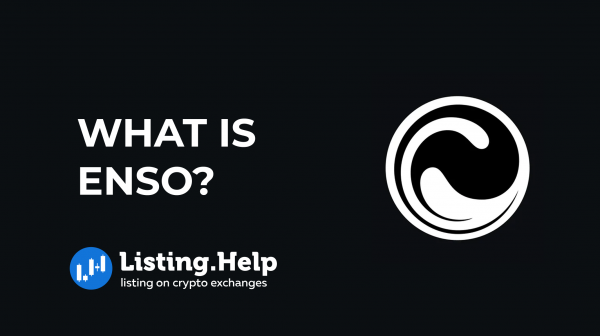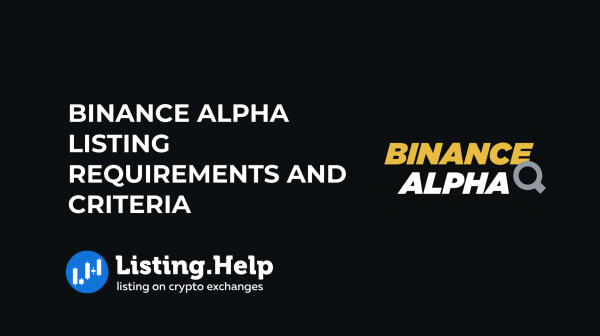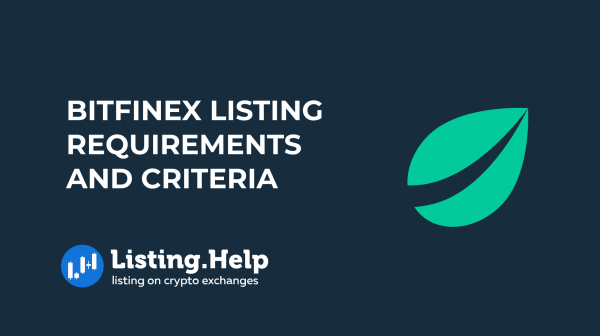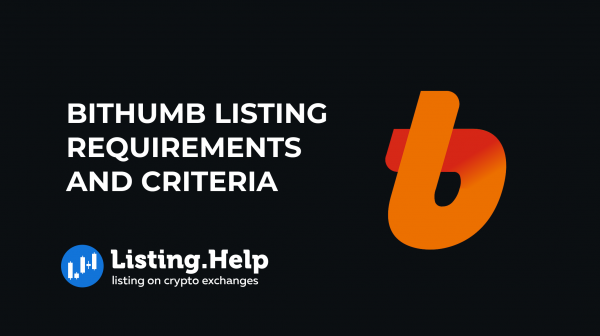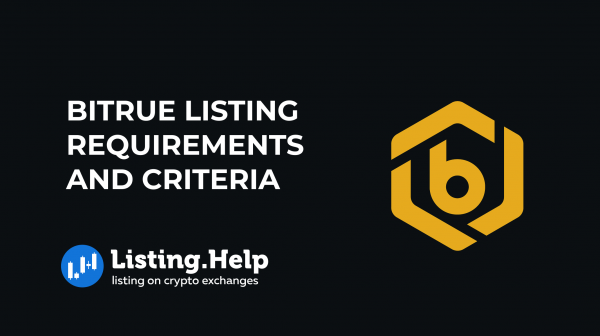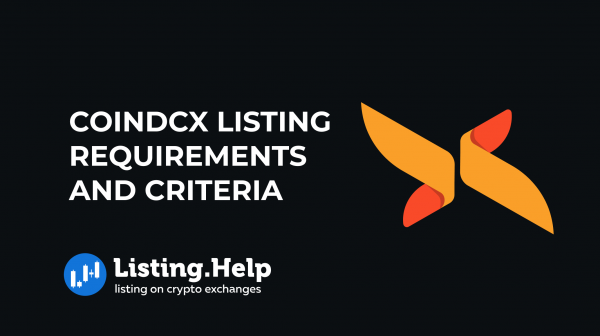What is Huma Finance (HUMA)?
 May 31, 2025
May 31, 2025 Updated: May 31 2025, 07:27
Updated: May 31 2025, 07:27
LEAVE A REQUEST
Launching your own token project? Our experts are ready to help with listing on exchanges, market making, marketing and other solutions
SUBMIT APPLICATIONMost people don’t have crypto or large assets they can use as collateral — but many do have a steady income. Huma Finance is building a new type of decentralized finance that makes it possible to borrow based on your paycheck, invoices, or expected payments.
By using income as the foundation for borrowing, Huma opens financial access to people and businesses that are often excluded. It’s a practical model that brings real value to blockchain by solving real-world problems.
What is Huma Finance?
Huma Finance is a decentralized protocol built to bring income and receivables into the blockchain system. Instead of needing crypto to borrow, users can qualify for credit based on what they’re expected to earn. This makes it especially useful for workers, small companies, and users in developing economies.
Huma’s system is built around a few core parts:
- Income-based borrowing: Borrowers can secure funds using expected income — like paychecks, invoices, or remittances.
- Smart credit assessment: The protocol uses data from both on-chain and off-chain sources to evaluate borrowers, making the process automated and transparent.
- Programmable payments: Repayments and contracts are handled through smart contracts, improving efficiency and security.
With support from organizations like Solana, Circle, Stellar Development Foundation, and Galaxy Digital, Huma has already seen significant use. The protocol has handled over $3.8 billion in transactions and consistently delivered strong returns to its liquidity providers — proof that there’s strong demand for this kind of solution.
What is the $HUMA Token?
$HUMA is the token that powers the entire Huma Finance system. With a supply of 10 billion, it’s used to govern the protocol, reward liquidity providers, and support the ecosystem. The token model is designed to align incentives across everyone involved — from small users to large institutions. The SYRUP token is listed on many exchanges, including KuCoin, Binance, OKX and CoinBase. If you’re looking to list your token on similar platforms, understanding the token listing process and meeting the standards of these exchanges is essential
HUMA Token Use Cases
Huma’s PayFi network turns the promise of blockchain into tools that solve real financial challenges. Here are some areas where it’s already making a difference:
1. Faster Global Payments
Businesses working across borders can use Huma to settle transactions immediately. A supplier in Vietnam, for example, doesn’t need to wait days to get paid after shipping goods to a buyer in the U.S. Payment happens as soon as the shipment is confirmed — closing cash flow gaps and removing the need for expensive short-term loans.
2. Trade Finance Made Simple
Exporters often face delays in getting paid. With Huma, they can unlock funds as soon as goods are shipped, while buyers still get time to pay. By handling the process on-chain, the system reduces fraud, cuts down paperwork, and makes it easier to trace payments.
3. Faster Card Payment Settlements
For merchants, especially small ones, getting paid faster can make a big difference. Huma shortens the usual 2–3 day settlement period to near-instant payouts. That means less need for costly merchant cash advances. With fees in the range of 6–10 basis points daily, it’s also competitively priced.
4. Better Remittance Options
People sending money across borders often lose a chunk to fees. Huma makes transfers faster and cheaper by using stablecoins. A worker in Dubai, for instance, can send money home to the Philippines almost instantly — and with far lower costs.
5. Improved Supply Chain Financing
Suppliers often wait months to get paid. Huma solves this by paying them upfront, while letting buyers stick to their usual terms. That makes things easier for both sides and helps smaller suppliers stay competitive, even if they have limited cash reserves.
How Does Huma Finance Work?
The system is built around four groups: credit issuers, receivables originators, liquidity providers, and borrowers. Issuers assess who qualifies for loans. Receivables originators turn future income into digital assets that act as collateral. Liquidity providers supply the funds, and borrowers receive financing.
Smart contracts manage the flow — handling credit checks, payouts, and repayments automatically. By cutting out traditional middlemen, Huma makes borrowing more accessible, especially for those with limited access to formal banking.
Pros & Cons of Huma Finance
Pros:
- Opens DeFi to users without crypto.
- Brings practical finance into the blockchain.
- Uses automation to cut delays and friction.
Cons:
- Depends on verifying income sources.
- Faces potential regulatory challenges.
- Needs reliable data and integration for accurate credit decisions.
Conclusion
Huma Finance fits into many real-world use cases. In developing economies, people can get loans based on remittances. Small businesses can turn unpaid invoices into working capital. Employees might access part of their salary before payday. Services like healthcare or education can be offered with deferred payments.
At its core, Huma is about changing how people access money. By using expected income instead of assets, it makes financial tools more available to more people. And by connecting this model with blockchain, it delivers those tools with greater speed, clarity, and efficiency.

For more insights and updates on the crypto world, don’t forget to check out our blog at Listing.Help







 November 29, 2025
November 29, 2025 
